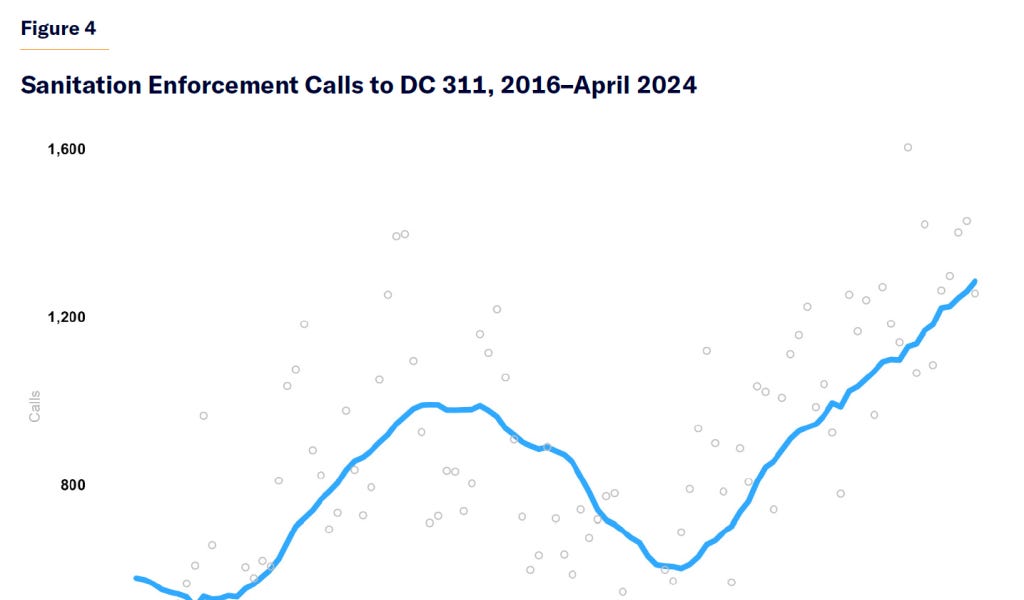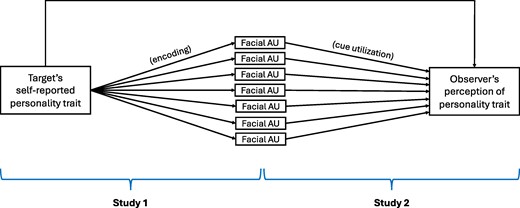
Antiprotons cooled in record time
To test the most fundamental symmetry of the Standard Model, CPT symmetry, which implies exact equality between the fundamental properties of particles and their antimatter conjugates, antimatter particles must be cooled to the lowest possible temperatures. The BASE experiment, located at CERN, has passed a major milestone in this regard. Using a sophisticated system of Penning traps, the collaboration has reduced the time required to cool an antiproton by a factor of more than 100. The considerable improvement makes it possible to measure the antiproton’s properties with unparalleled precision, perhaps shedding light on the mystery of why matter outnumbers antimatter in the universe.
BASE (Baryon Antibaryon Symmetry Experiment) specialises in the study of antiprotons by measuring properties such as the magnetic moment and charge-to-mass ratio. The latter quantity has been shown to agree with that of the proton within an experimental uncertainty of 16 parts per trillion. While not nearly as precise due to much higher complexity, measurements of the antiproton’s magnetic moment provide an equally important probe of CPT symmetry.
To determine the antiproton’s magnetic moment, BASE measures the frequency of spin flips of single antiprotons – a remarkable feat that requires the particle to be cooled to less than 200 mK. BASE’s previous setup could achieve this, but only after 15 hours of cooling, explains lead author Barbara Latacz (RIKEN/CERN): “As we need to perform 1000 measurement cycles, it would have taken us three years of non-stop measurements, which would have been unrealistic. By reducing the cooling time to eight minutes, BASE can now obtain all of the 1000 measurements it needs – and thereby improve its precision – in less than a month.” By cooling antiprotons to such low energies, the collaboration has been able to detect antiproton spin transitions with an error rate (< 0.000023) more than three orders of magnitude better than in previous experiments.
























/cdn.vox-cdn.com/uploads/chorus_asset/file/25481481/windowsrecall.jpg)